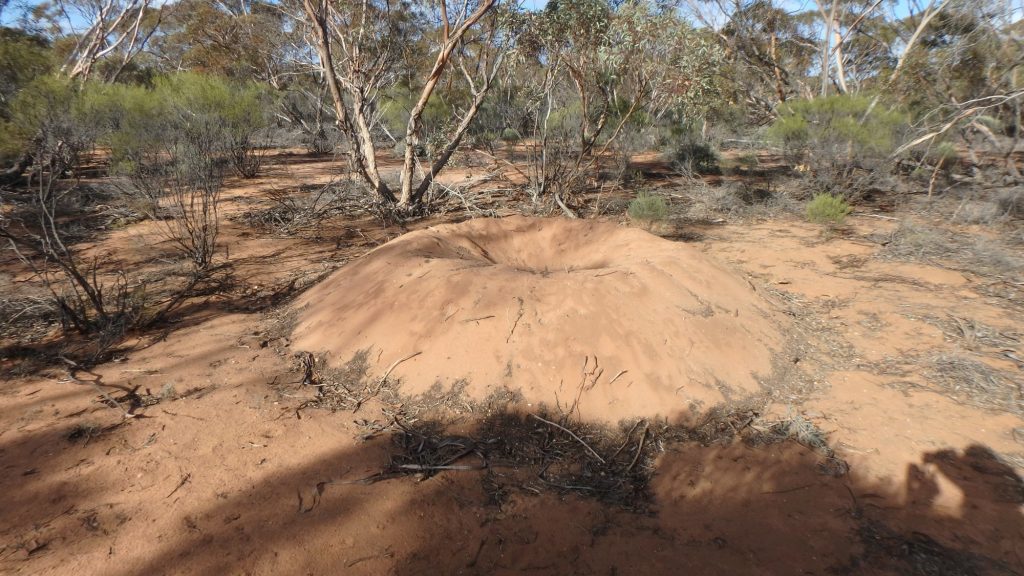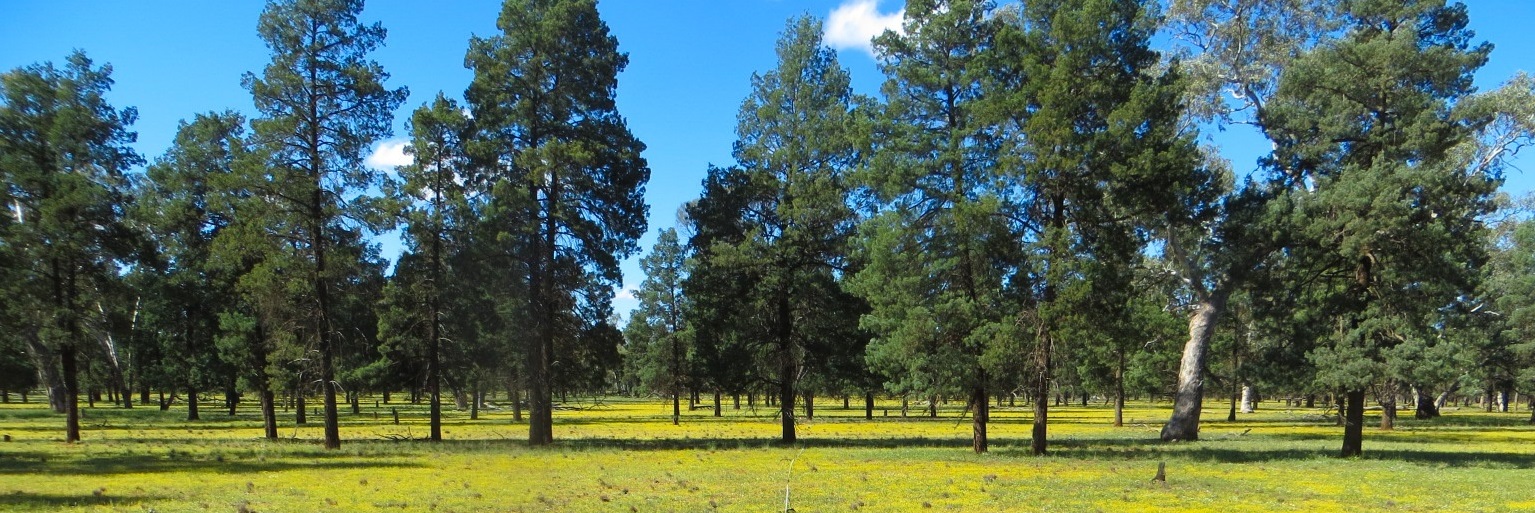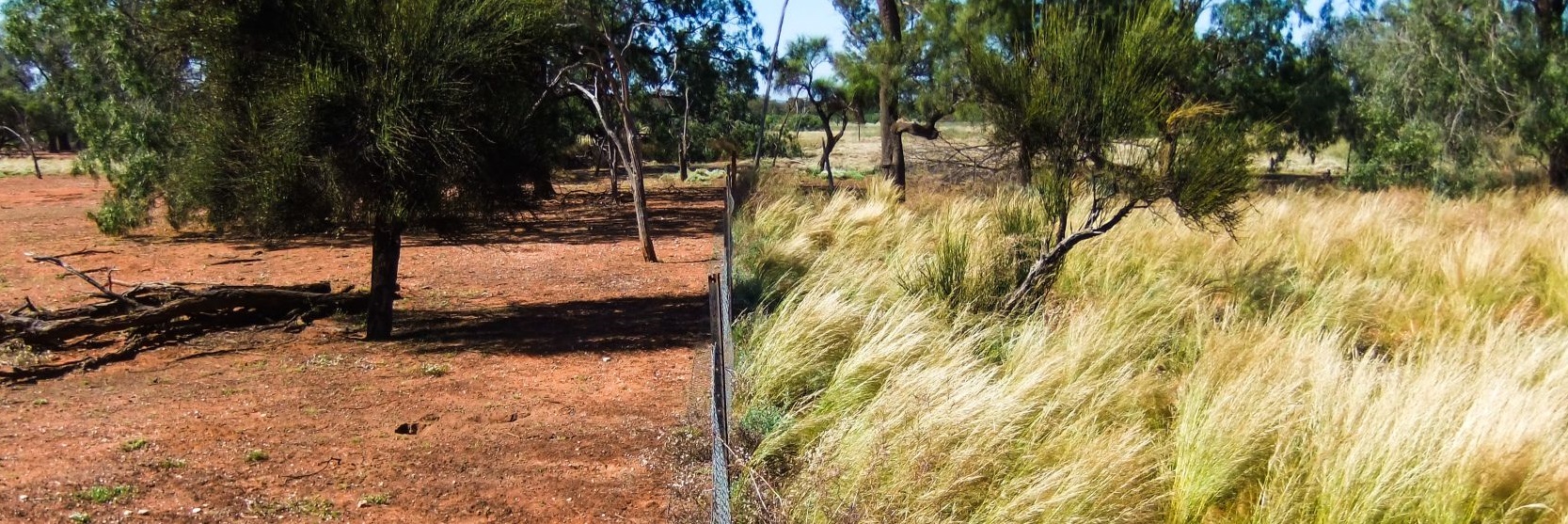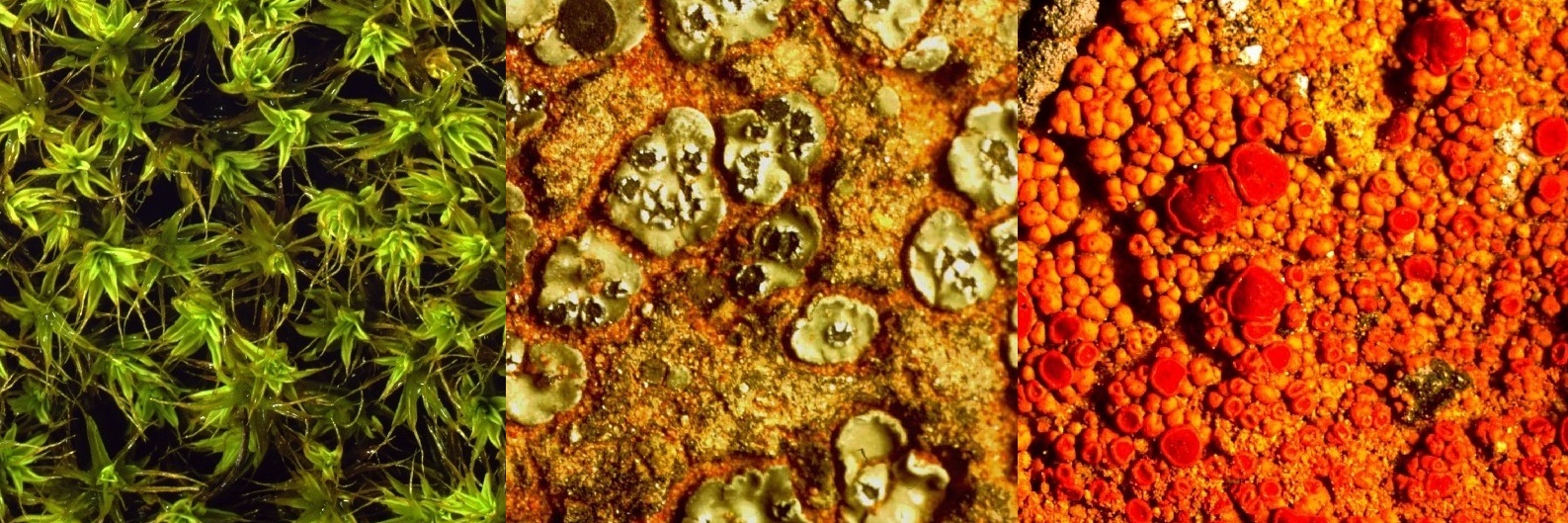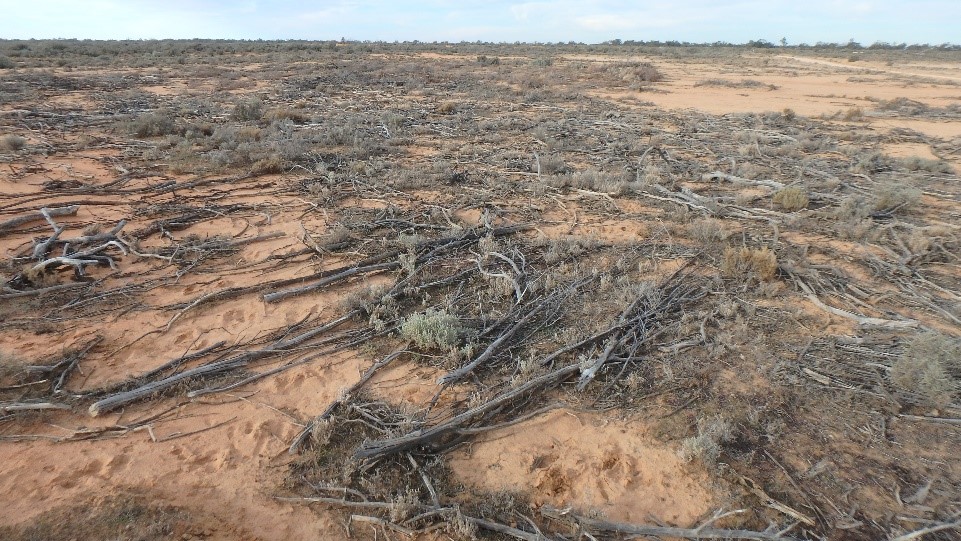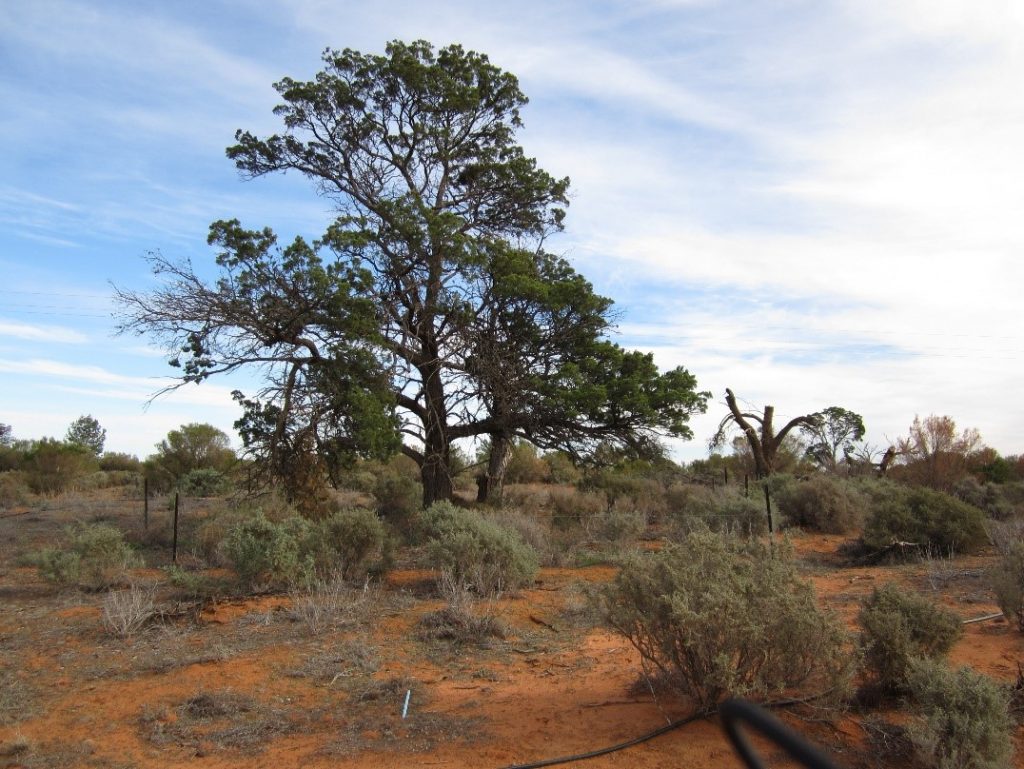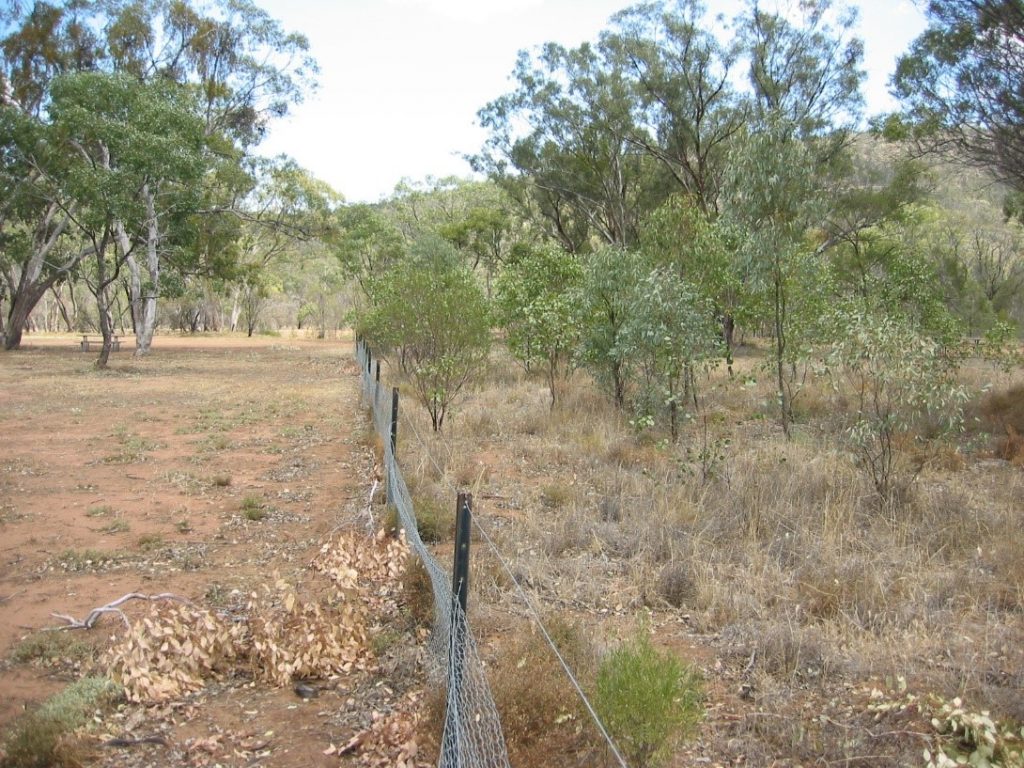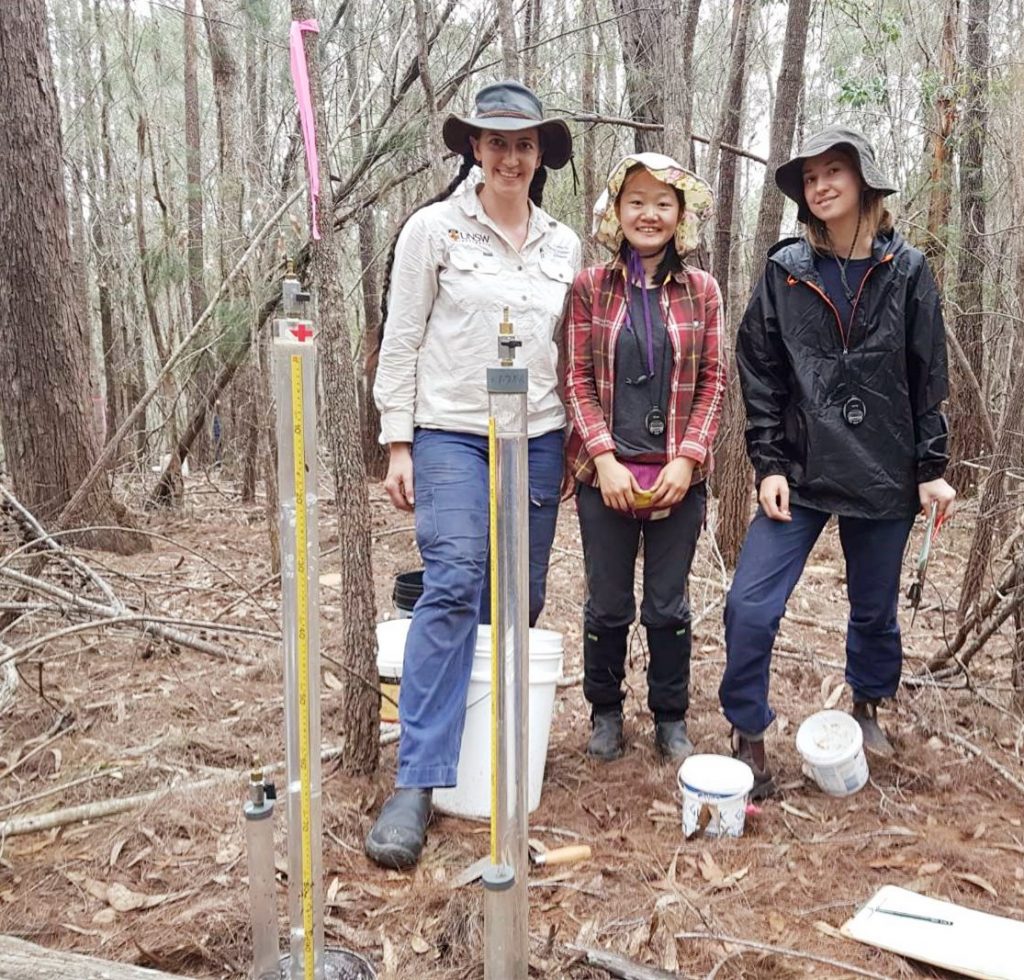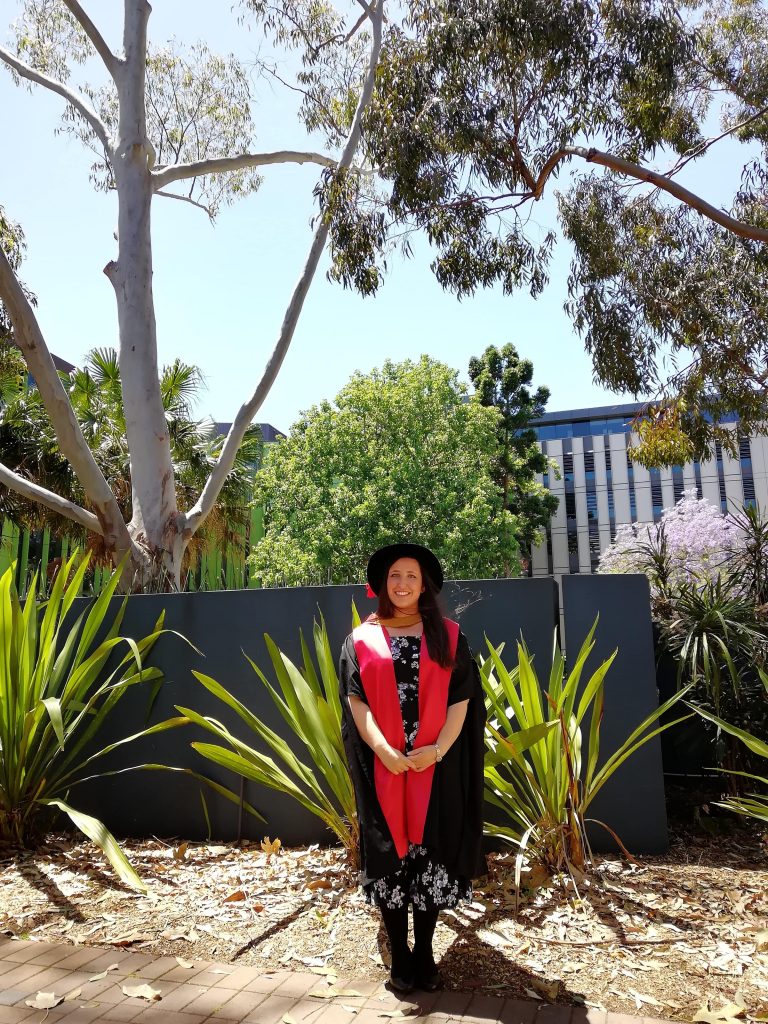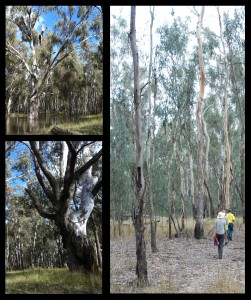Hi everyone. The Arid Ecology Lab has two new honours projects in 2020, working on the impacts of kangaroos and Powerful Owls with great people. Do not hesitate to contact us if you are interested 🙂
Contact: Dr David Eldridge (d.eldridge@unsw.edu.au); Dr Samantha Travers (s.travers@unsw.edu.au)
Project title: Impact of kangaroos on temperate grasslands – a 10 year study.
Supervisors: Dr David Eldridge (Centre for Ecosystem Science), Dr Samantha Travers (Centre for Ecosystem Science)
Synopsis: Fenced and unfenced populations of kangaroos have been monitored for the last decade in grassy woodlands in Western Sydney. Regular monitoring has also been undertaken in a number of exclosures, and detailed assessments of plant community composition made. There are been few studies of kangaroo impacts on vegetation community composition in temperate grasslands and no effects of how kangaroo densities might impact soil function. This project will be based on field assessment of plants and soil function, laboratory assessment, and statistical analyses of plant community composition over the last decade. Data have been collected continuously since 2005.
Aims:
• to determine the impacts of kangaroo grazing on temperate grassland richness and composition
• to examine the effects of kangaroo activity on soil function.
• to link changes in kangaroo numbers with vegetation changes over the past decade.
Benefits to student: This is a multi-disciplinary project that will expose the student to a diverse range of skills. You will:
• work on a high priority conservation project
• experience the problems associated with managing native animals in a periurban environment
• have access to a large temporal database
• experience a mixture of field work and data analyses
• learn how to assess soil and vegetation health
• gain skills in laboratory techniques
• be exposed to the activities of the National Parks and Wildlife Service
• have fun and work with great people
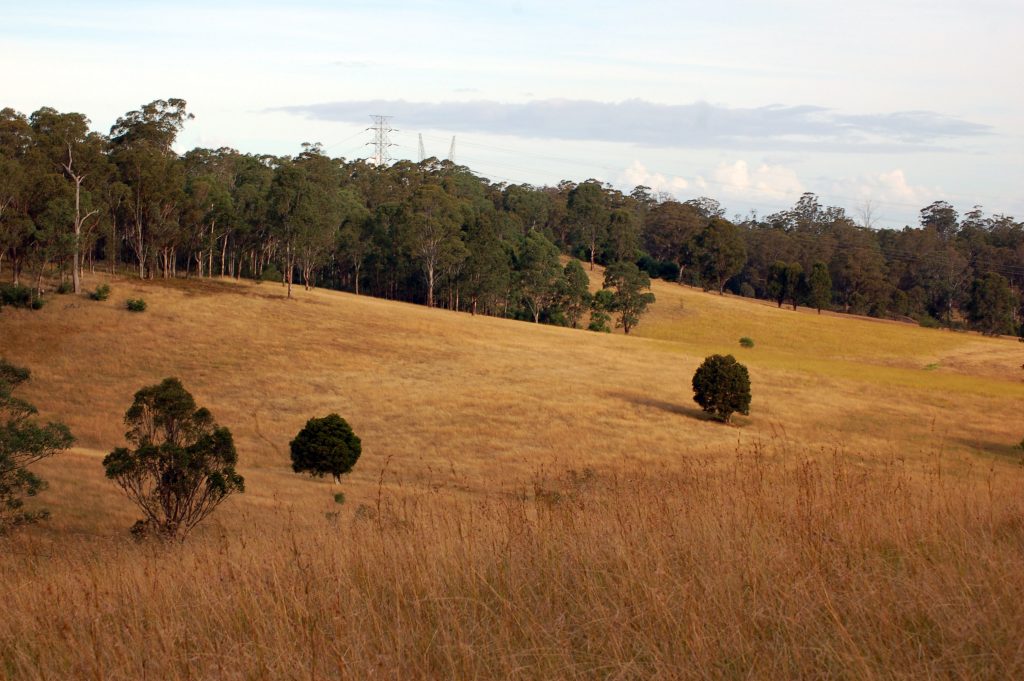
Project title: Assessing prey items in the scats and pellets of Powerful Owls and their importance as a bioindicator of environmental lead (Pb) levels
Supervisors: Dr David Eldridge (Centre for Ecosystem Science), Dr Samantha Travers (Centre for Ecosystem Science), Chris Lloyd (Powerful Owl Group)
Synopsis: In the Sydney region, the Powerful Owl (Ninox strenua) is a large predator of folivores such as ringtail and brushtail possums (Trichosurus spp.). Together possums and owls have increased markedly over the last 50 years, and now occupy rainforest gullies close to urban areas. Lead (Pb) is a major environmental pollutant and bioaccumulates in the food chain as it concentrates in animal bones, where it remains for extended periods. Analysing lead concentration in bones can give us an indication of past levels of lead exposure and potentially, environmental lead concentrations. Because lead concentrates in bones, it can be assessed in the scats and pellets of carnivores. The Georges River Group of the Powerful Owl Project has been analysing the composition of prey items collected in bolus from roosting sites on both sides of the Georges River between 2012 and 2017. The bones of more than 250 prey animals have been collected from ten separate owl territories. The Georges River provides a natural boundary between the earlier European settlement, and therefore motor vehicles use, on the northern side of the Georges River and the more recently settled southern side of the river. These two sites may differ in lead (Pb) levels as the more recently settled areas were mainly urbanised in an era of lead-free fuel after 1986.
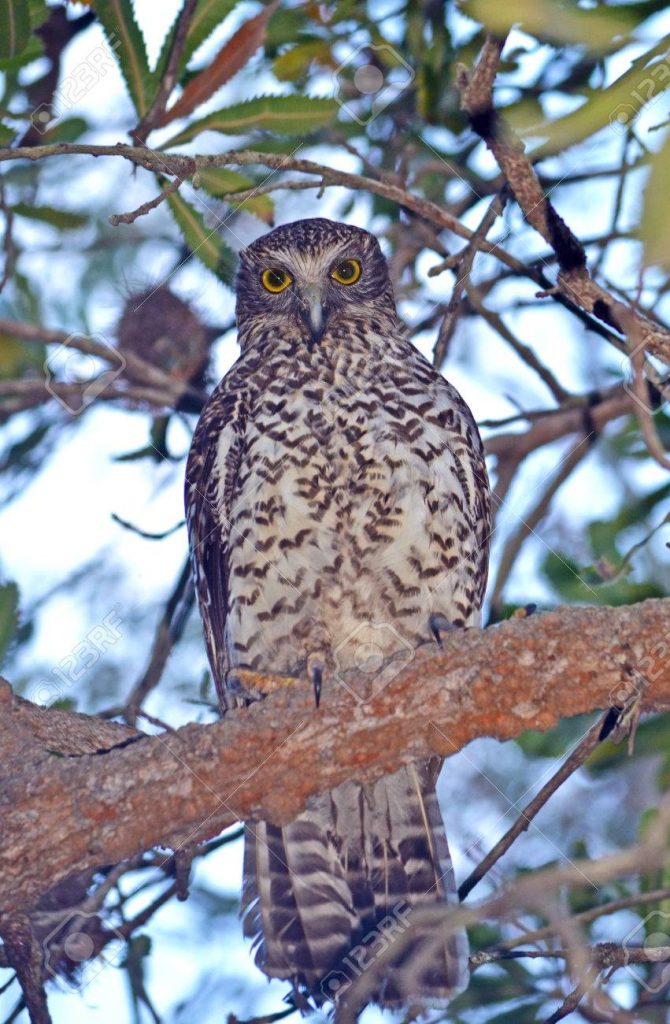
Aims:
• examine differences in prey items in Powerful Owl scats and pellets from 10 sites in southern Sydney
• examine Pb levels in the bones and feathers of vertebrate prey
• explore potential differences in Pb levels that might account for differences in environmental Pb between areas with long and short histories of usage of fuel-based Pb.
Benefits to student:
This is a multi-disciplinary project that will expose the student to a range of disciplines. You will:
• work on a high priority conservation project
• gain skills in laboratory and data analytical techniques
• work with a community group (Powerful Owl Project)
• undertake a mixture of microscope, laboratory and community-based work
• get access to a large existing database
 Does removal of kangaroo grazing alter soil seed banks?
Does removal of kangaroo grazing alter soil seed banks?